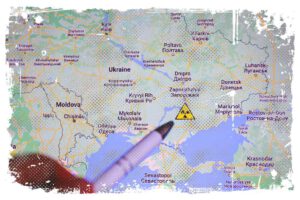The year 966 is considered the symbolic date of the establishment of Poland as a country. This was the year of the so-called Baptism of Poland, when Mieszko I accepted the Christianism as the official religion of the newly formed state. The Baptism of Poland had a state-forming and political purpose.
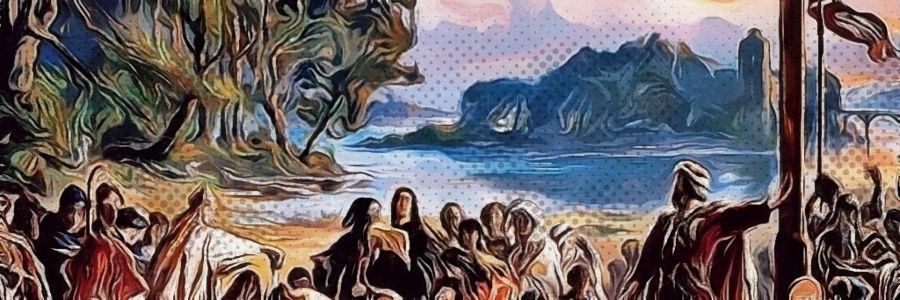
Let’s discuss the beginnings of Poland and how it became a country. We will talk about its history starting from the moment the Slavs (the tribe that inhabited the territory of today’s Poland) migrated from the east.
How It All Started
The Slavs did not always inhabit the territory of today’s Poland. There were many migrating tribes and cultures that passed through this region in ancient times. Back in the days before Christ, the Celts dominated this area. They were located by the Baltic Sea. The other tribe, called the Balts, ruled to the east of the Vistula River. It was about the time when the Roman Empire was established. The Celts were pushed out by Germanic tribes migrating from Scandinavia. This situation continued for several hundred years. During this time, our Slavic ancestors inhabited the land of today’s Northern Ukraine.
The Huns and Avars
Toward the end of the 4th century, a nomadic people called the Huns appeared in Europe. The Huns began to push out the dominant Germanic tribes. In the middle of the 5th century, a powerful confederation of tribes led by Attila wreaked terror across almost all of Europe. This contributed greatly to the beginning of the migration of the Germanic peoples to the west.
↳ PRO TIP: Do you like traveling? Then before you buy any ticket or book an attraction, check if it's available in this worldwide Viator Database. You may save a lot of money and time. No need to thank me :)
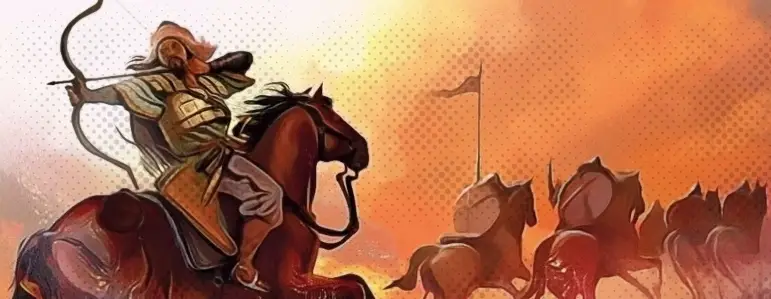
The structure of the Hun Empire quickly disintegrated. In the late 5th century, another warlike nomadic tribes arrived from the eastern steppes. They called themselves the Avars. The Avars focused mainly on robbery and campaigns against the eastern Roman Empire. Their activities also contributed to the further migration of Germanic tribes to the west. As a result, this opened the way for our ancestors. The Slavs pushed the Germans all the way beyond the Elbe River.
Before Poland Was Formed
Between the 7th and 8th centuries, the Slavic peoples migrating from Sweden and ancient lands were culturally and linguistically homogeneous. However, due to the distances separating them, as well as different external influences depending on the region, some regional differences began to develop. In time, this led to the breakup of the Western, Eastern, and Southern Slavs. The Eastern Slavs stayed on their former lands and expanded into the territories of the Finnish tribes. The Southern Slavs settled in the Balkans and were heavily influenced by Byzantium. The third group, who were the Western Slavs, soon interacted with the Franks.
Over time, regional conditions, a settled lifestyle, and the formation of a centralized authority led to further separations. By this time, the people had been divided into numerous tribes. They differed significantly in size and power. Some tribes, such as the Wielets, Bohemians, Moravians, Vistulans, and Polans, began to play a dominant role among the Western Slavs. The first seeds of statehood began to appear.
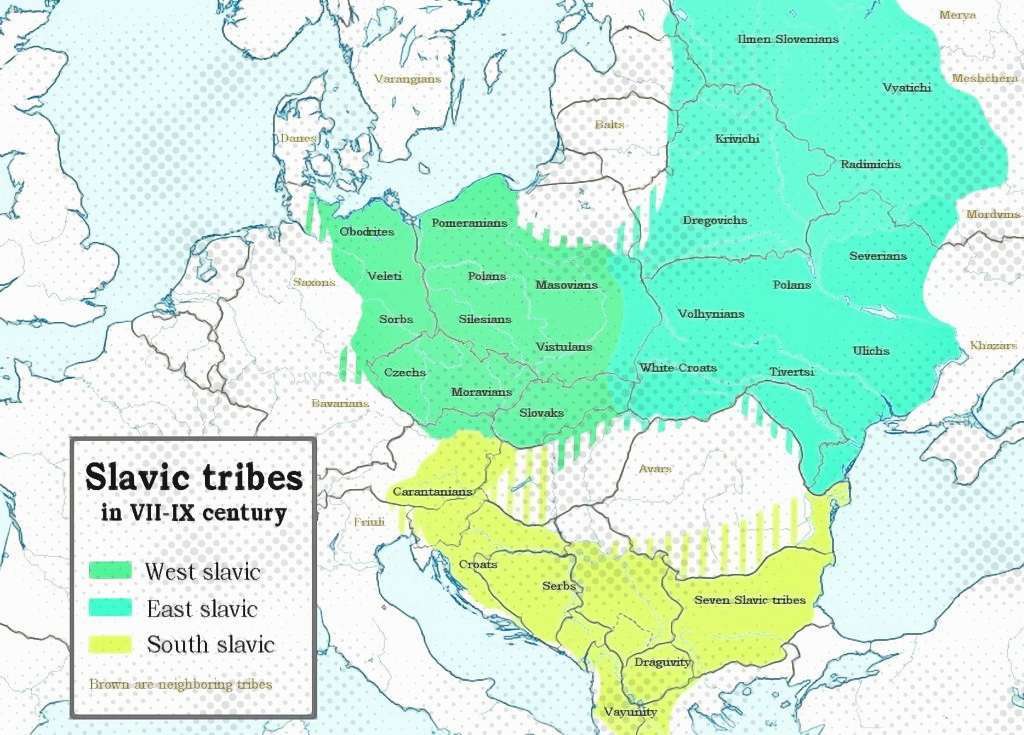
The first West Slavic state was called Great Moravia. They were formed in the early 9th century. It happened right after the army of Charlemagne defeated the Avar kaganate. From the very beginning, they were heavily influenced by the Franks. The result of this influence was, among other things, the baptism of the first known emperor of this state—Mojmir. Although Mojmir did formally acknowledge the supremacy of the emperor, he pursued his own political strategy. He conquered the pagan principality of Nitra in 833. His successor, Rostislav, struggled with his country’s attempts to become more and more dependent on the eastern Franks. However, during the regime of the next emperor, Swietopelk, the Great Moravian state reached the peak of its power.
They conquered Bohemia, a large part of the Torun plains, as well as Lusatia, Silesia, and the land of Cracow. However, the power of Great Moravia was shattered after the death of Swietopelk. What contributed to this fact was another nomadic people who appeared to the west of the Carpathian Mountains. They were the Hungarians. The powerful nomads, who were stopped only after heavy battles, led the Great Moravian state to collapse. The situation took place at the beginning of the 10th century. This resulted in the land of the Western Slavs being in a political void. It stimulated the formation of new state systems.
Prince Popiel Eaten by Mice
This period is shrouded in mystery. We are only aware of unclear accounts and legends. One of the legends is the one that says that Krak, the ruler of the Vistula region, supposedly defeated the Wawel dragon. There is also the legend of Popiel, who was eaten by mice. However, a much more probable scenario is the one saying that Prince Popiel was overthrown by a Piast Kolodziej. The legendary protoplast and founder of the family that ruled medieval Poland. Around 877, a son of Piast named Siemowit became the prince of the Polan tribe. His reign established the foundations of the future Polish state and paralleled the fading influence of the Great Moravian state. As the 10th century arrived, his son Lestek became king. He probably also subordinated the Goplan tribe.
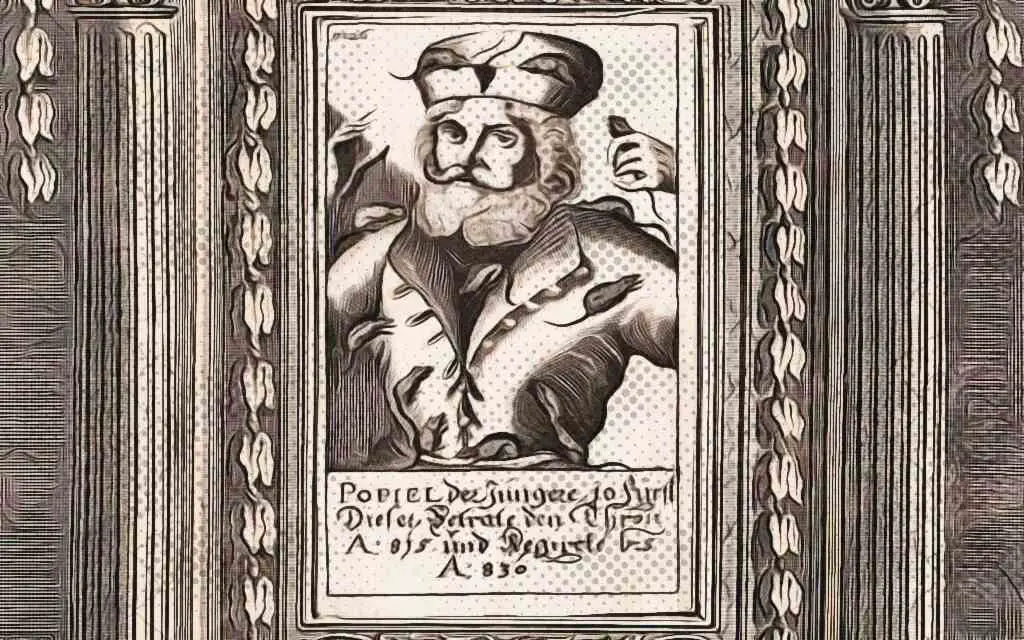
During his reign, numerous strongholds were built in Greater Poland. This contributed to the strengthening of the central government. In about the year 930, Prince Siemomysl took over the rule of the Polans. He took advantage of the collapse of Great Moravia and expanded into the territory of such tribes as the Lubuszians, Kuyavians, Sieradzians, and probably also the Mazovians. By doing so, he led to the significant growth of the tribal state. The Gniezno castle was built during his reign. Later, it became the first capital of Poland.
It was probably Siemomysl who created the Prince’s Squad. It consisted of the most distinguished warriors, Vikings and mercenaries. They were well-paid and armed troops in the direct service of the Prince. This is how the foundations of the future Polish state were formed.
Siemomysl’s son, whose name was Mieszko, faced the growing influence of powerful neighbors. These included such peoples as the Viking-formed Kievan Rus, Czechia, and the newly formed Germans.
Mieszko I, The One Who Made It
After he took charge, Mieszko the 1st continued the expansion of the Polanian state, which was originally initiated by his predecessors. In the early 960s, he conquered Eastern Pomerania. A little later, he did the same to the central part of this region. It is not entirely clear how much control he had over these lands. He also tried to gain influence over the mouth of the Odra River. He was unable to defeat the Wolinian tribe, which was located there. At the same time, German influence was growing on the left bank of the Odra River. Their ruler, Otto the 1st, had crowned himself emperor in 962.
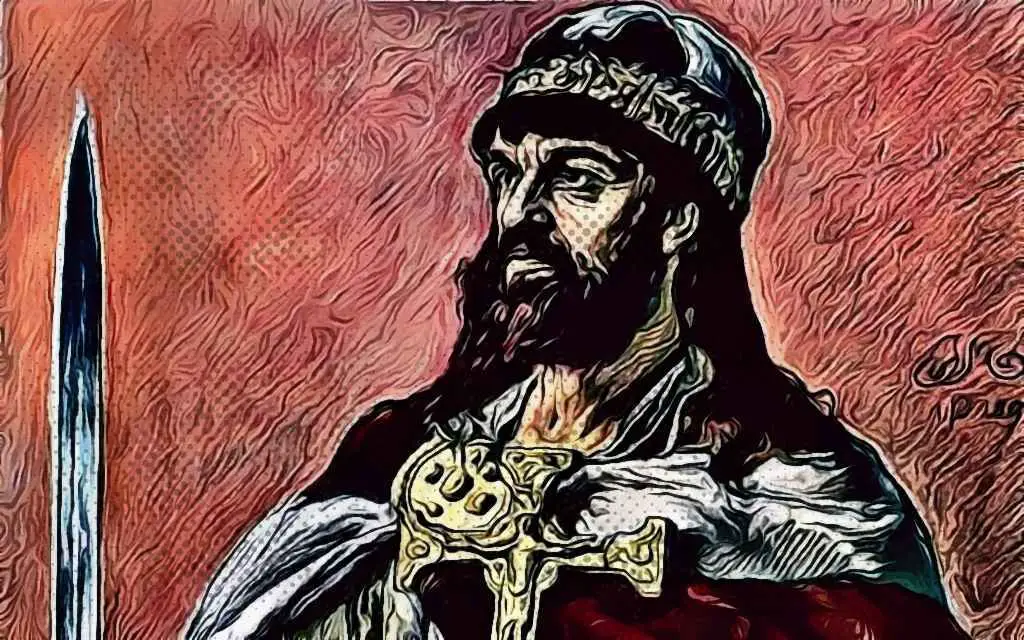
In 963, Margrave Gero conquered the Lusitanian tribe, whose lands were more directly incorporated into the German empire. Thus, the Polanian state began to share a border with the German empire.
This drastically altered Polans’ geopolitical situation.
In addition to Geron, Mieszko’s ambitions to conquer the Odra River outlet were also complicated by Wichman. He stood at the head of the Wielets and fought both the Germans and the Polans. Together with the Wolans, the Wielets defeated Mieszko’s warriors twice. Gero decided to take advantage of this weakness and invaded the Polans. He died in 965, which led to the fragmentation of his lands, but this did not necessarily mean the end of the German threat.
Unwilling to suffer the same fate as the conquered Lusatians, Mieszko agreed to pay the German emperor an annual tribute. However, it is unclear whether he paid it for all lands up to the Warta River (as ancient chroniclers wrote) or only for the Lubusian lands.
Baptism in 966, The Year Poland Was Formed
Mieszko realized that he needed an ally against the growing influence of the German Empire. He found one in the Bohemian Prince, Boleslav the Cruel. Following a failed rebellion a few years earlier, Boleslav was also forced to pay tribute to the Germans. The result of the alliance was that the Polanian prince married Boleslav’s daughter, whose name was Dobrawa. This occurred in 965. Mieszko decided to go a step further. He abandoned his pagan beliefs and accepted baptism for Poland in 966. By doing so, he not only knocked out of the hands of the German margraves the pretext for the conquest of his lands in the name of the Cross, but also incorporated the Polanian principality into the family of European Christian countries. In addition, the establishment of ecclesiastical structures and the emergence of an educated clergy helped in the gradual transformation of the Polish State. Poland changed from a loose tribal confederation into a centralized state.
How Old is The Polish State?
Poland as a country is 1056 years old. We refer to Poland as a country since 966, which is the symbolic date of the founding of Poland. It is the year when the so-called Baptism of Poland took place. That is, when Mieszko I adopted the Christian religion as the official one of the newly formed state. The Baptism of Poland had a state-forming and political purpose.
Times After the Poland Was Established
When his relations with the German Empire were normalized, Mieszko, with the support of his Bohemian allies, once again invaded the land of the Wolinians. This time, the expedition ended in his victory. The Wichman leader was killed. The Odra estuary was conquered. The control over the river was limited to collecting tributes from the conquered Wolinian tribe. However, this success also had negative consequences. The Lusatian margrave became concerned about Mieszko’s conquests, so he invaded the land of the Polans in 972. The Germans fought the Polans twice at Cedynia. While the Germans won in the first clash, they suffered a decisive defeat in the second one.
The 70s of the 10th century witnessed the expansion of the Polanian state to the east. Mieszko annexed the lands of Sandomierz, Lublin, and Przemysl at this time.
When was Poland the largest in history?
The treaty of Dywilin ended the Polish-Russian war, which lasted from 1609 to 1618. Under its provisions, the Polish Republic gained the Smolensk, Chernihiv and Severian lands. It covered an area of about 1,000,000 square kilometers, which was the largest area the Polish Republic had in its history.
Where did the name Poland come from?
The name „Poland” comes from the name of the Polan tribe, one of the tribes that built the Polish state more than 1,000 years ago. The name „Polans” comes from the word „field” meaning Poland is „the land of the Polans” or to put it translation: „the land of fields”.
Bibliography
- https://zpe.gov.pl/a/mieszko-i—poczatki-panstwa-polskiego/DsBuZoaw7
- https://historia.org.pl/2019/02/13/matura-z-historii-cz-xi-poczatki-panstwa-polskiego-oraz-rzady-pierwszych-piastow/

